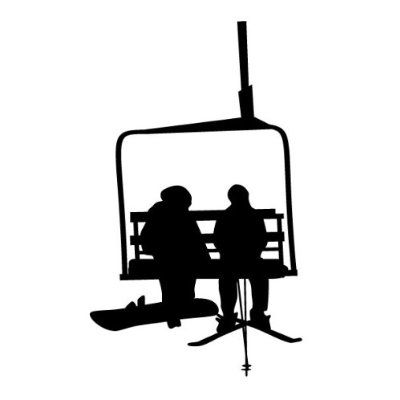A serious chairlift malfunction in Georgia demonstrates the importance of effective emergency stop (E Stop) buttons. To understand what it looks like watch this video Horrifying ski lift accident in Gudauri, Georgia!
I’ve spent years working on mountains, doing everything from selling ‘hard goods’ to snowmaking and ski patrol. I’ve used gondolas, chairlifts, nutcrackers, T-Bars and pommers. I’ve even learnt how to de-ice towers and do chair evacs. In all this time, I’ve never seen anything as hideous as chairlift locked in reverse, slinging people of a bull wheel with no e stops in sight.
This all could have been prevented by two actions:
- Effective E-Stops
- Knowing how to cut off main power in an emergency
What is an Emergency Stop (E Stop)?
An E Stop is designed to bring a machine to a halt as quickly as possible without damaging the machine. It is usually a big red button placed within reach of the operator. Once tripped, an E Stop will override all other control functions, so the machine cannot be started again until the machine is reset.
What are Interlocks and other lockout protective devices?
An interlock is used to prevent an ‘undesired state’ i.e. an operator harming themselves by putting their hand somewhere they are not supposed to. For example, a door with a key that must be locked for a machine to run, or a curtain of infrared beams that stop a machine if it is breached. Up the mountain, pommers, T-Bars and nutcrackers will have a ‘trip wire’ to stop people riding the bull wheel.
What is a Basic Test Procedure:
- Clearly communicate to all people in the vicinity that you are going to test the E-Stop
- Push the button and see how long it takes to stop the machine
- Push start button to see if the machine will start
NB If you can push the ‘Start’ button without re-setting the E Stop, the test is a FAIL
How often should you test your E Stops?
There is no legislative specification stating that you have to test your E Stops a set amount of times. Your preventative maintenance schedule will depend on:
- Intensity of machine use
- Operating environment e.g. outdoors or marine environment
- Variety of operations – does the machine perform one task or a variety of task
- Risk to health and safety from malfunction or failure
If all else fails:
Know where the electrical ‘Mains” are so you can stop power to the site.
What can you do today?
- Test the E-stops/ Emergency Cut Off’s on your machinery
- Make sure your operators know where the main power switch is on your site
- Ask to see the planned preventative maintenance schedule
Additional Reading:
Safe use of machinery WorksafeNZ
Machinery Guides WorksafeNZ
Have a safe and productive week,
SB
